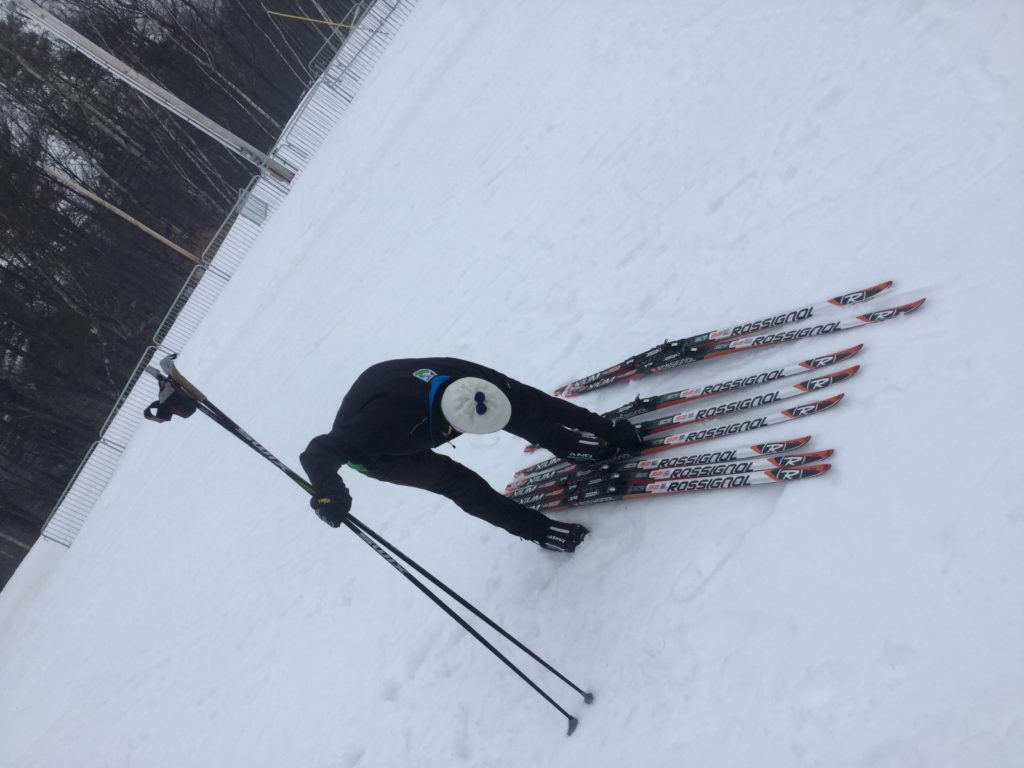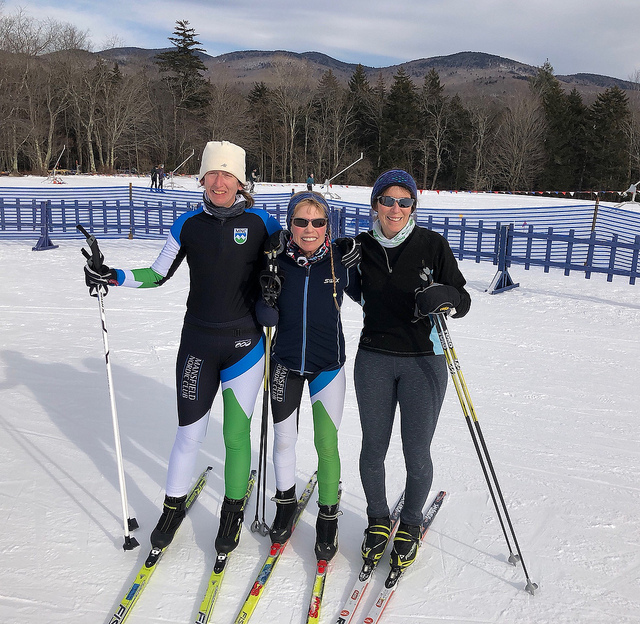Any wax, from the most expensive and chemically-toxic World Cup fluorocarbons to the simple liquid “Express Wax” you put on your waxless touring boards, is derived from testing. Snow is incredibly variable, and wax companies need to provide solutions in all sorts of temperatures, snow types, humidity levels, and dirt amounts.
With the ski world moving toward fluoro-free waxes, things have changed drastically in the past year. By the looks of it, the changes are just beginning.
THE OLD SYSTEM
There used to be several “tiers” of waxes…I generally describe this old system with the following tiers:
Recreational Wax: The waxes you put on touring skis, backcountry skis, or other general-purpose skis. When you use these waxes, it’s most likely on a pair of skis you have NEVER hit with an iron or fluorinated wax.
Sample products: Swix F4, Maxiglide, Toko Express Liquid
Training Wax/Base Wax: Waxes used for everyday training, whether in liquid or traditional iron-on form. You use these waxes on your training and race skis frequently, either as wax to be skied-on or as travel wax.
Sample products: Swix CH line, Toko Base Performance line, Vauhti GW liquid line
LF Wax/Underlayer Wax: Waxes often used as the first step in preparation of race skis. These are primarily harder, colder waxes.
Sample products: SkiGo LF World Cup, Start/Swix LF line, Toko Performance line
HF Wax/Race Layer: Waxes with a high fluoro content that provide speed and durability on race day.
Sample products: Swix HF line, Toko High Performance line, Vauhti HF and UF liquid paraffin
Topcoat Layer: The ultimate speed layer: the high-price, high-reward products that are almost 100% pure fluorocarbon.
Sample products: Toko Jetstream blocks, Toko Helx liquid, Swix Cera F blocks
This system was widely-known and understood by almost everyone. Relatively consistent price-points meant it was easy to differentiate, even without reading the labels or descriptions, which products were intended for racing vs training:
60g of non-fluro wax for about $15
60g of LF wax for about $30
60g of HF wax for about $75
60g of Pure Fluoro wax for about $130
The New System
Now, of course, things are vastly different.
Swix sells a liquid version of CH8 for $24.99
Vauhti makes a liquid version of Non-Fluoro wax in the same temperature range for $99.00
Neither have fluoro in them…why the difference? What gives?
It all has to do with wax companies researching and applying different new additives and chemicals to try and create faster and faster waxes with fluoros out of the picture. This also applies to application methods…
Swix sells the traditional CH8 60g block for $12.95 ($0.21 per gram)
Ulla sells a 10g block of non-fluoro wax for $82.31 ($8.23 per gram)
The Ulla wax is unique in its application, however, despite its cost. A thin layer is rubbed on the ski and then polished-in with a fluffy wool applicator. Stange? Yes. Faster than Swix CH? In most cases, our tests have backed this up.

NF test in action; Rick on the matched test fleet comparing one wax to another
This discussion leads to all sorts of questions about how to “layer-up” a wax job. Which layers replace a “base” wax? An LF wax? A topcoat? It’s hard to say right now, and a lot of our testing has been focused on these key variables:
Durability how long does each wax stay on a ski? If you iron a liquid, does it last longer? If you let a liquid sit for 4 hours, does it last longer than a liquid left on for 1 hour?
Layering does a certain NF wax provide a good base for other waxes? Will CH8 spray, for example, be faster if it has a layer of CH6 under it, or a layer of Vauhti Pure Up Mid under it?
Topcoat Effect does a certain wax, applied right before skiing, make a big difference in speed? Or does it handle a particular condition (like new snow, or a change to rain) well and act as a quick-change solution?
Our favorites so far in 2019/2020
Ulla Wax (www.ullasport.com)
Easy to apply as either a base OR a topcoat layer, but particularly effective as a topcoat given the fact that you can get a layer on a ski in about 2-3 minutes, with a hand-method not requiring ironing or scraping (brushing is required). Our favorite by far is Ulla Red/Black which has been a standout at the Range and other icy, transformed, manmade snow. Think “New England Special”.
Swix CH10X Spray (available at Skirack)
Also easy to apply, and GREAT in slush and snow with standing water/fully transformed. This wax has beat out the more expensive “race NF” waxes several times now
Star SG10 Green (available at Skirack)
A super-hard NF base wax that is great on its own in cold conditions, but also serves as an excellent base layer for any of the NF race waxes. Starting with a hardened base (even for the warmest waxes) is standard practice
Vauhti PURE liquids (available at Skirack)
A great application method (liquid sponge) means one bottle goes a long way. There are 4 tiers of this wax, with the top tiers, “Pro” and “Race” being really fast when conditions are right. They do need to be tested when it comes to new snow and colder snow, but in the mid-20’s and above the Wet and the LDR in particular can be truly amazing. Apply, let dry for as long as you can (ideally indoors in warmth) and brush out thoroughly.
Rex G41 Spray (available at several shops online)
When the snow is transformed, this wax is a great base-layer AND needs to be tested as a potential topcoat layer. Even if the snow is not wet, this wax can be very fast in skied-in sugar and granular snow. Much like the Vauhti liquids, a little goes a long way since you do not need to coat the entire base: simply spray 3-4 dabs on the ski and spread the wax out with a cloth or buffing pad. Let dry, and brush out the residue.
Star NEXT Cold Powder (available from Caldwell Sport)
The only Star product of their new NF race line that we have had consistent success with. Spread out, iron in, scrape and brush. Very good in new snow, even up to the high 20s range.











